A turboprop plane is a versatile aircraft powered by propeller engines, designed for personal or regional travel. Turboprops offer efficiency, reliability, and cost-effectiveness for medium-range flights. Turboprop planes include comfortable seating, ample cargo space, and advanced avionics for navigation and safety. With lower operating costs and the ability to access smaller airports, turboprops are ideal for short to mid-range travel. Browse, choose and buy a turboprop plane.

USD $N/A
TurbopropReg Number
N867SC
Total Time
2,475 hrs
Location
United States
Year
2008
Seller: Paul Hosman
Phone: +1 954 377 0303
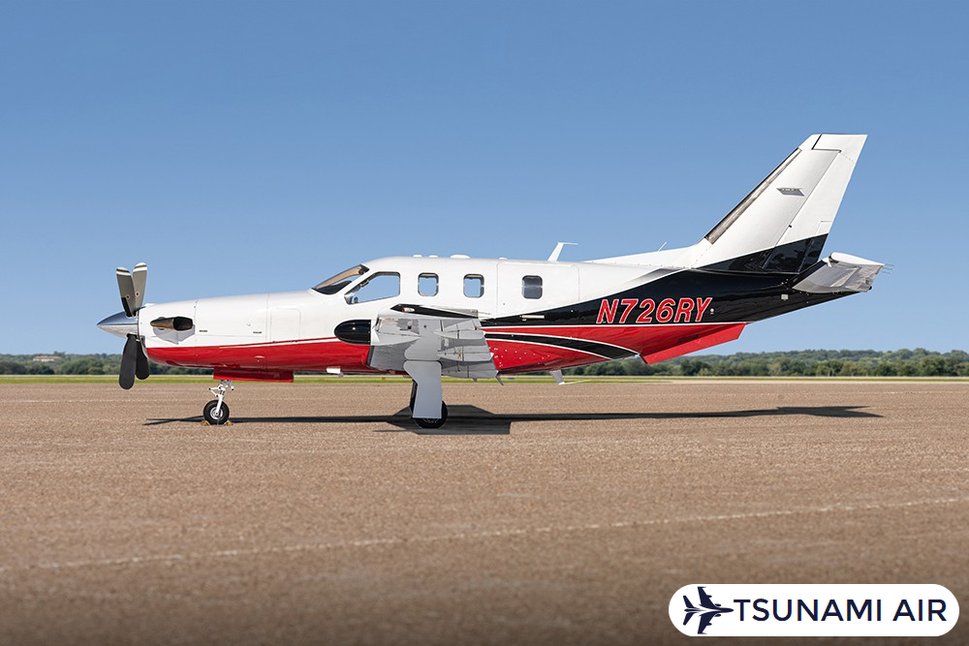
USD $N/A
TurbopropReg Number
N726RY
Total Time
3100 hrs
Location
United States
Year
2002
Seller: Steve Davis
Phone: +1 (515) 865 2790
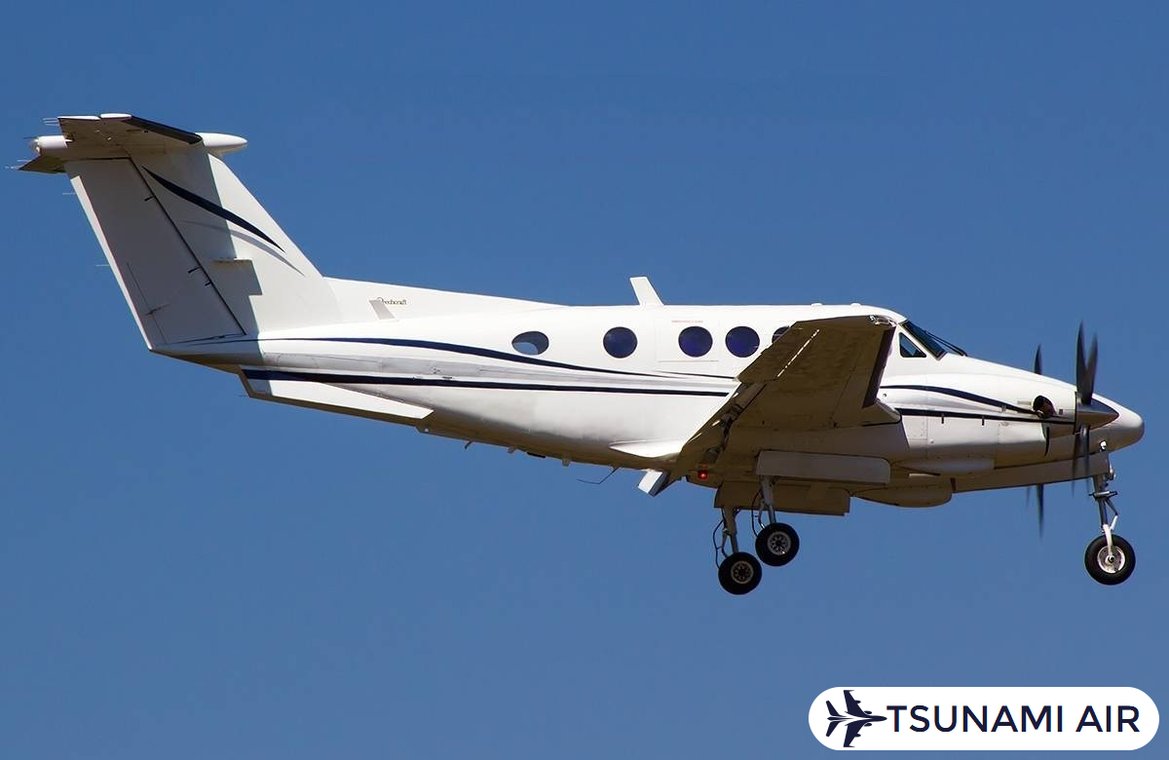
USD $975,000
TurbopropReg Number
-
Total Time
11 998 hrs
Location
South Africa
Year
1980
Seller: Aircraft Sales
Phone: +27 83 263 2934
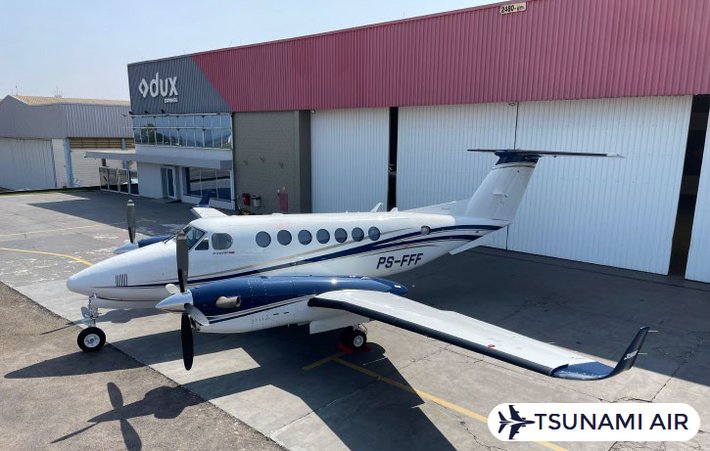
USD $7,900,000
TurbopropReg Number
PS-FFF
Total Time
924 hrs
Location
United States
Year
2019
Seller: Zach Conover
Phone: +1 (203) 843 3684
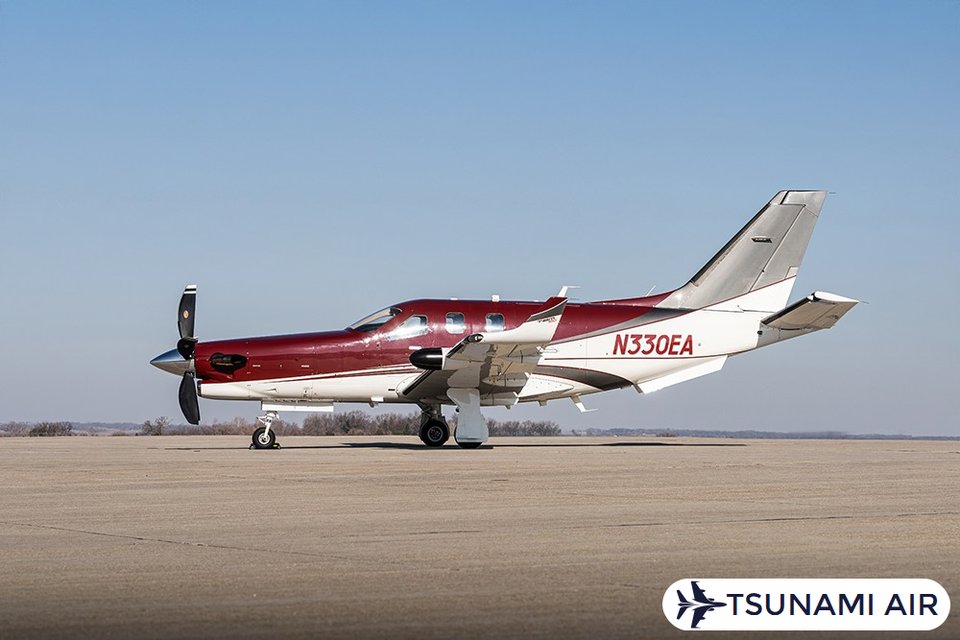
USD $N/A
TurbopropReg Number
-
Total Time
1,500 hrs
Location
United States
Year
2015
Seller: Steve Davis
Phone: +1 (515) 865 2790
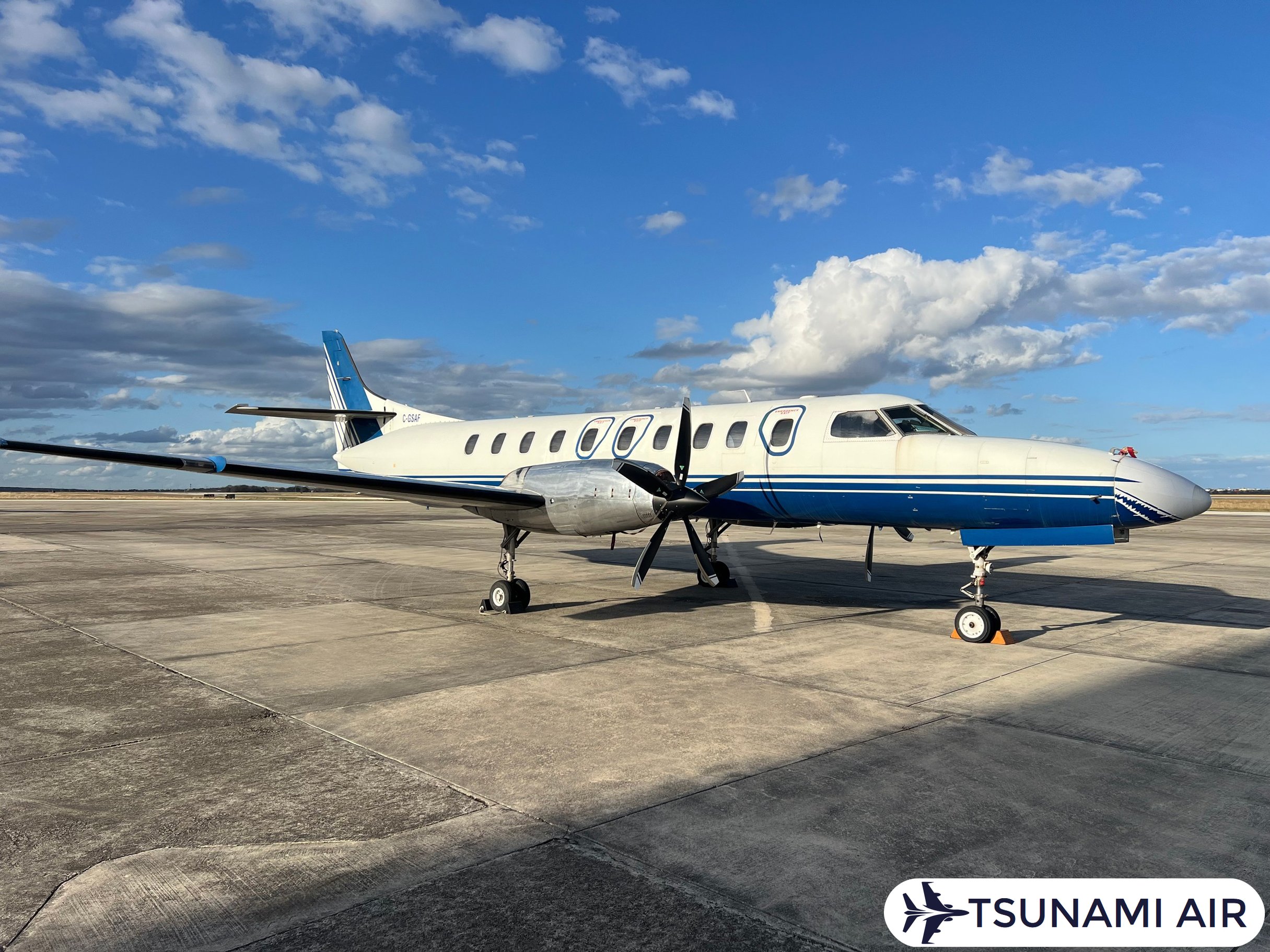
USD $N/A
TurbopropReg Number
N957BA
Total Time
16,764.6 hrs
Location
United States
Year
1995
Seller: Dave Coleman
Phone: +1 (847) 748 8333
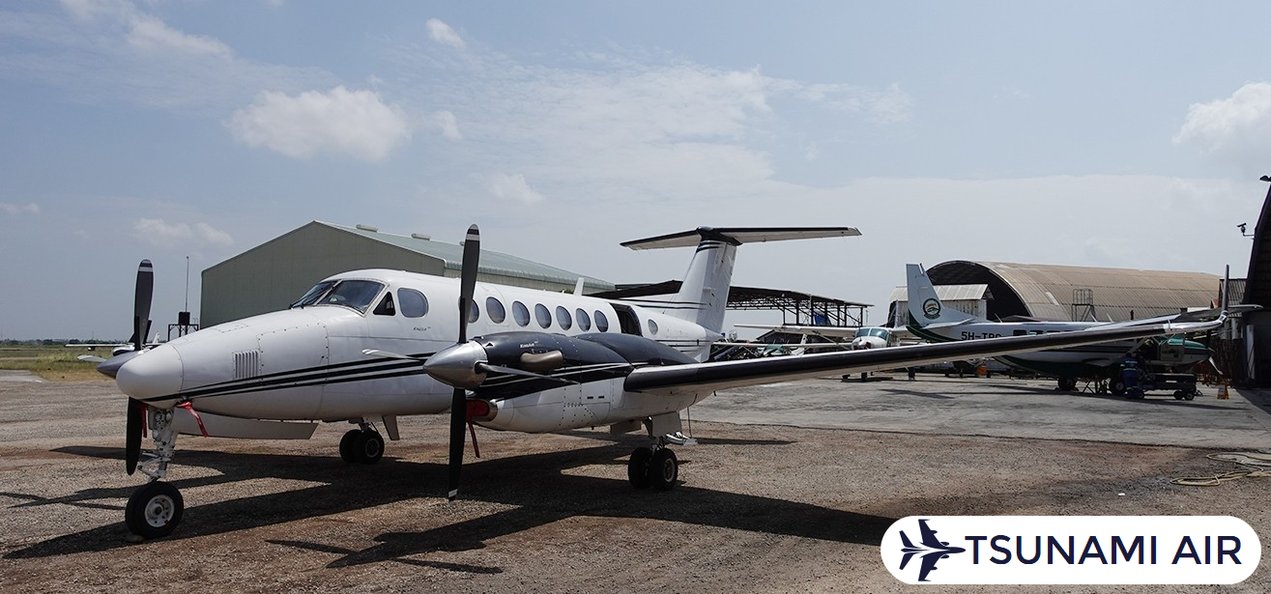
USD $N/A
TurbopropReg Number
5H-SPA
Total Time
1397 hrs
Location
Tanzania
Year
2008
Seller: Peter Walker
Phone: +61 426 908 681
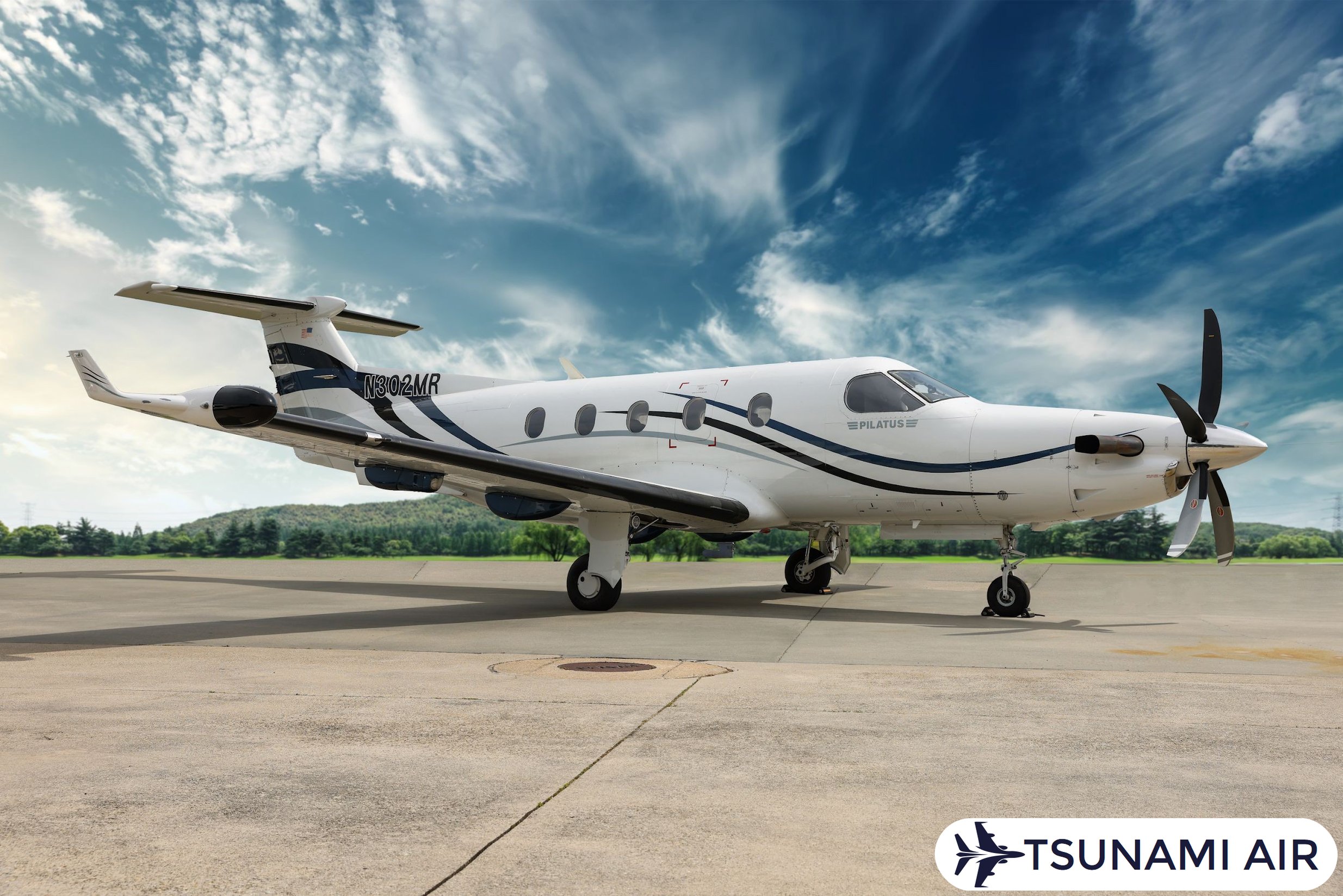
USD $N/A
TurbopropReg Number
N302MR
Total Time
9,077 hrs
Location
United States
Year
2001
Seller: Piedmont Sales
Phone: +1 (770) 233 7518
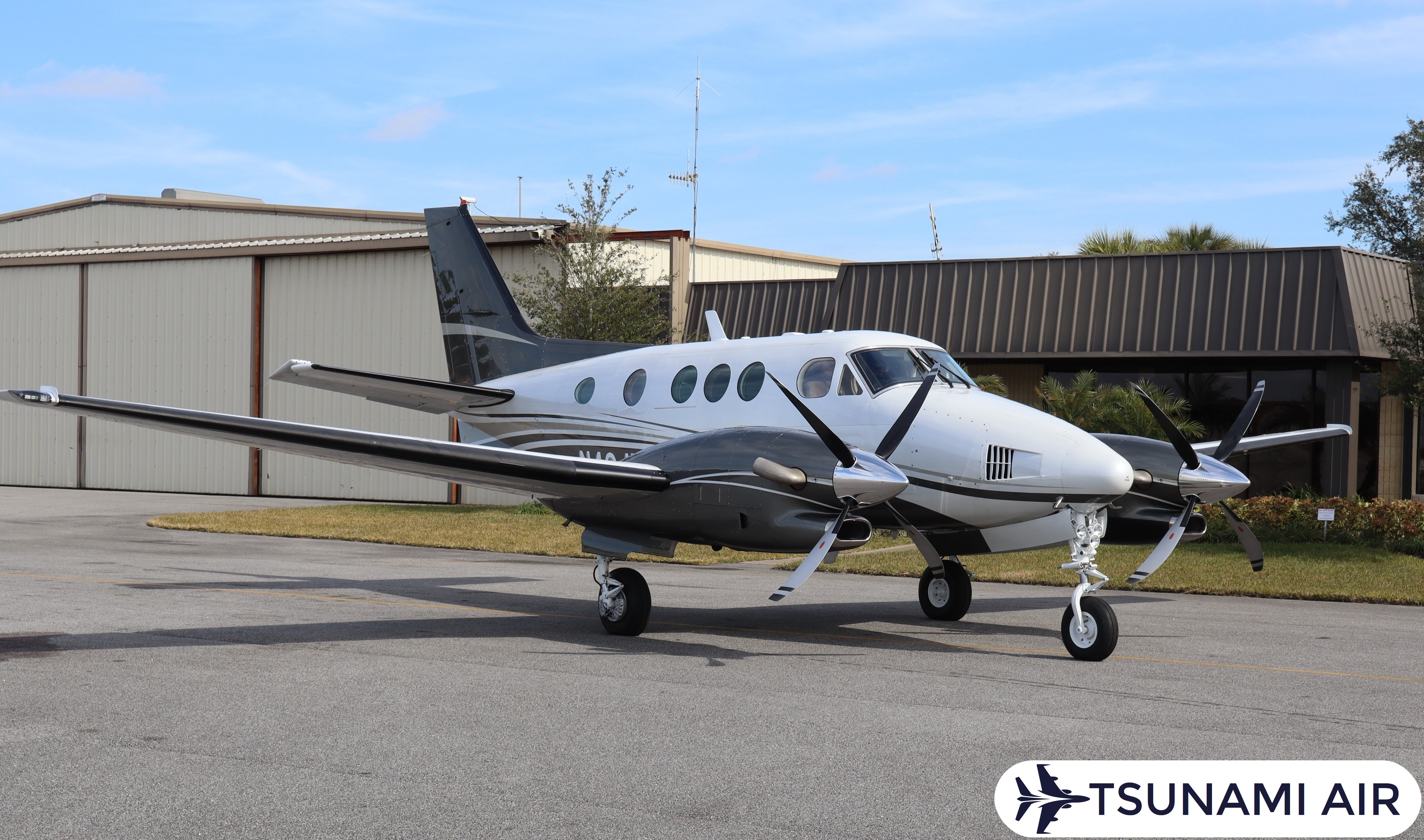
USD $N/A
TurbopropReg Number
n49JP
Total Time
6246 hrs
Location
United States
Year
1990
Seller: American Aviation, Inc
Phone: +1 (352) 796-5173
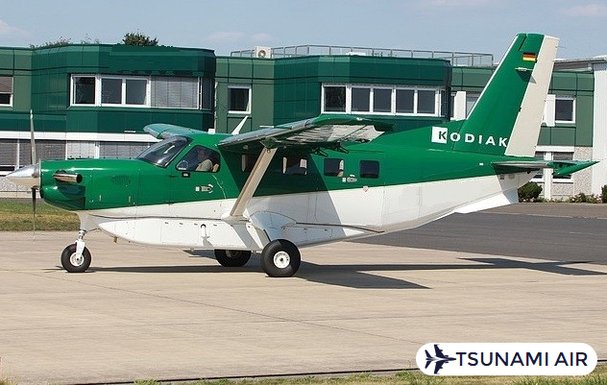
USD $2,490,000
TurbopropReg Number
-
Total Time
400 hrs
Location
Germany
Year
2018
Seller: RAS Aircraft Sales Dept. - Frank Prochaska
Phone: +49 (0) 1 78 25 50 246
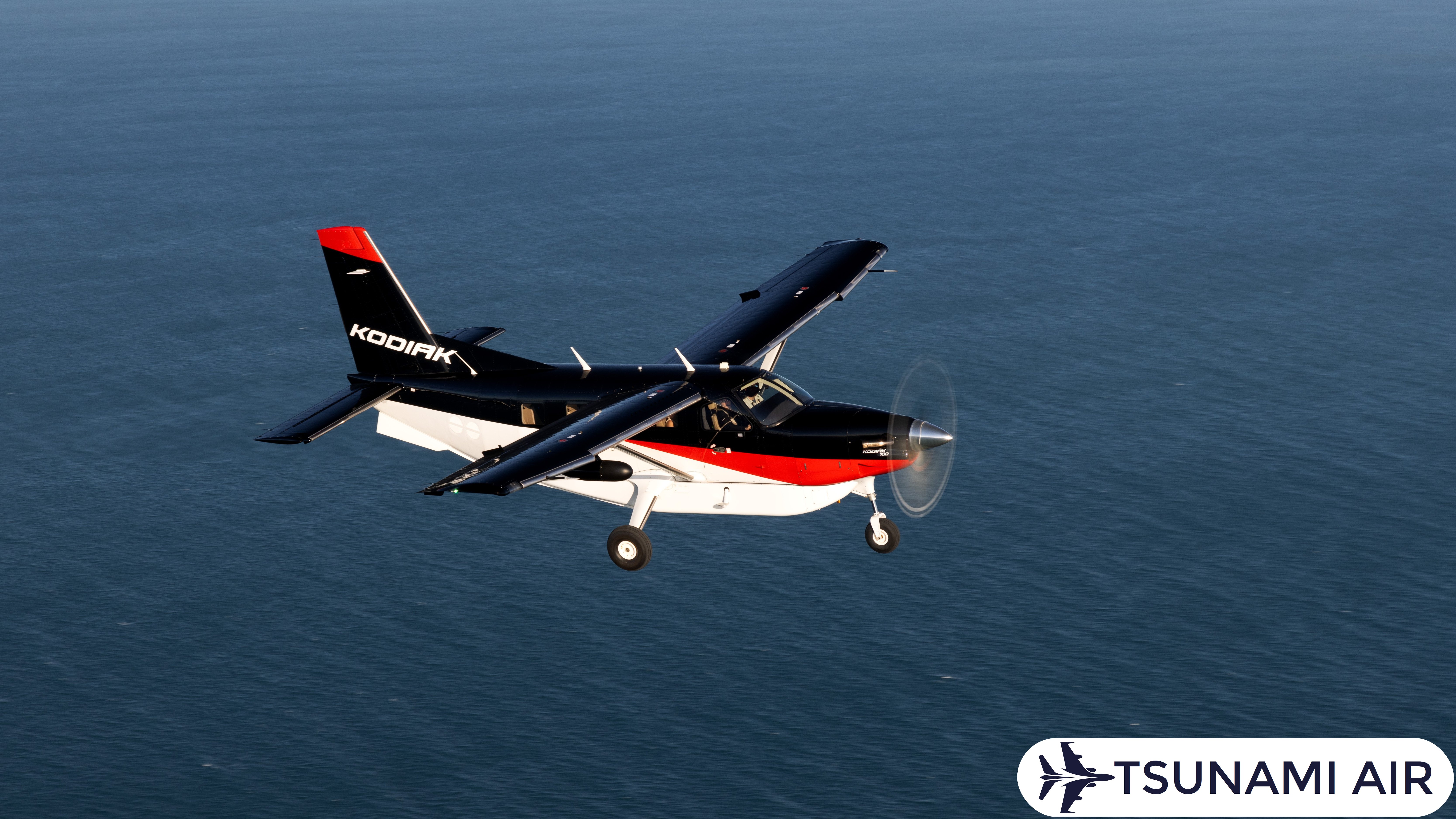
USD $N/A
TurbopropReg Number
-
Total Time
- hrs
Location
Germany
Year
2024
Seller: RAS Aircraft Sales Dept. - Frank Prochaska
Phone: +49 (0) 1 78 25 50 246
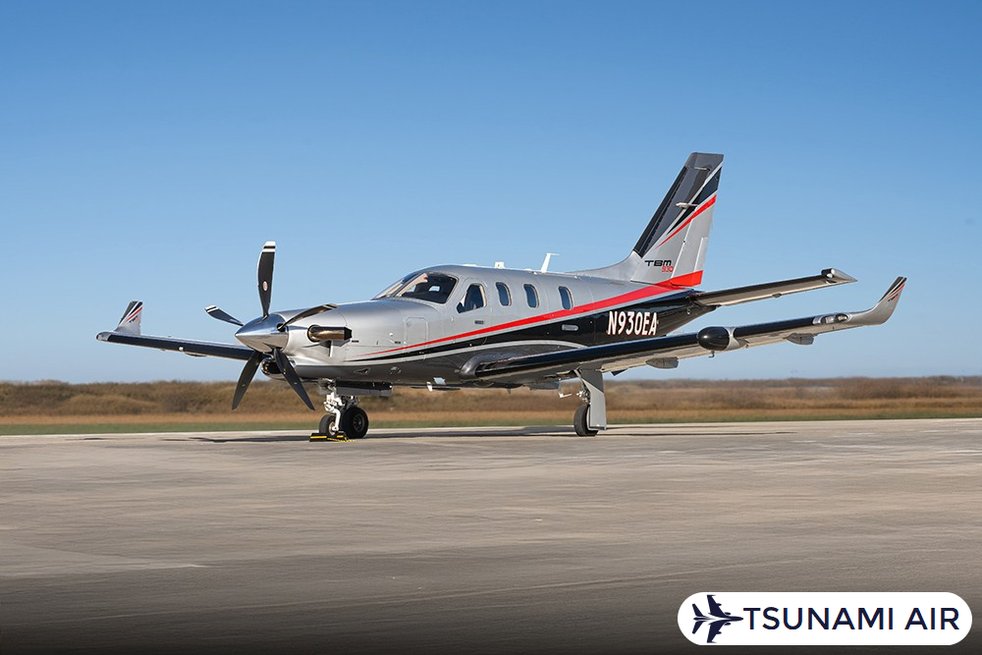
USD $N/A
TurbopropReg Number
N930EA
Total Time
1,025 hrs
Location
United States
Year
2017
Seller: Steve Davis
Phone: +1 (515) 865 2790
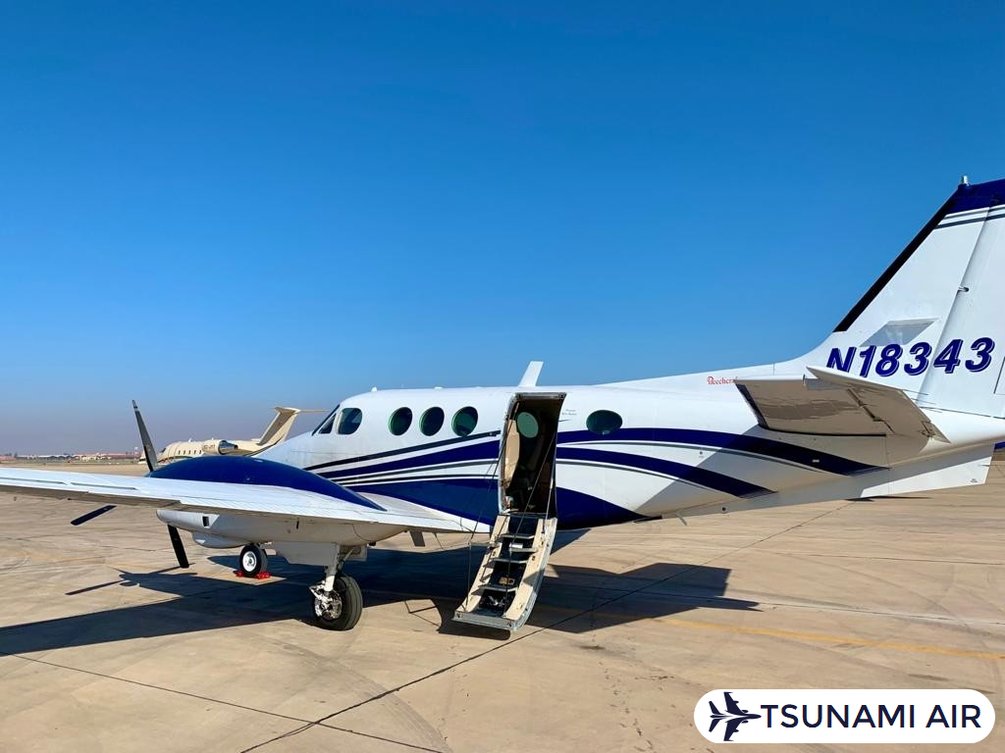
USD $960,000
TurbopropReg Number
N18434
Total Time
8927 hrs
Location
Sweden
Year
1977
Seller: Molander Aviation AB
Phone: +46 (0) 703 102 243
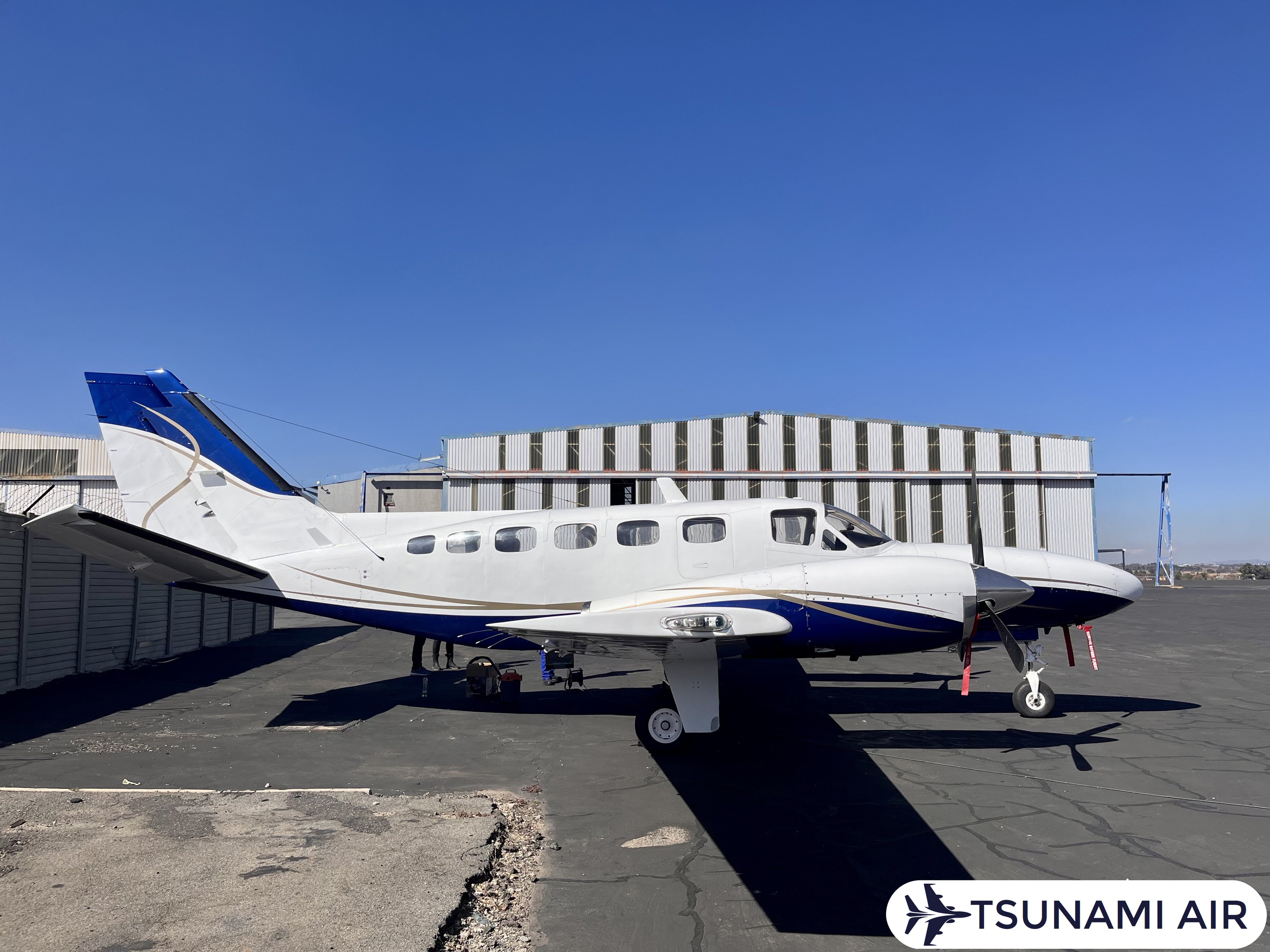
USD $15,000,000
TurbopropReg Number
-
Total Time
17693 hrs
Location
South Africa
Year
1979
Seller: Tyron Warne
Phone: +27 (0) 823 431 878
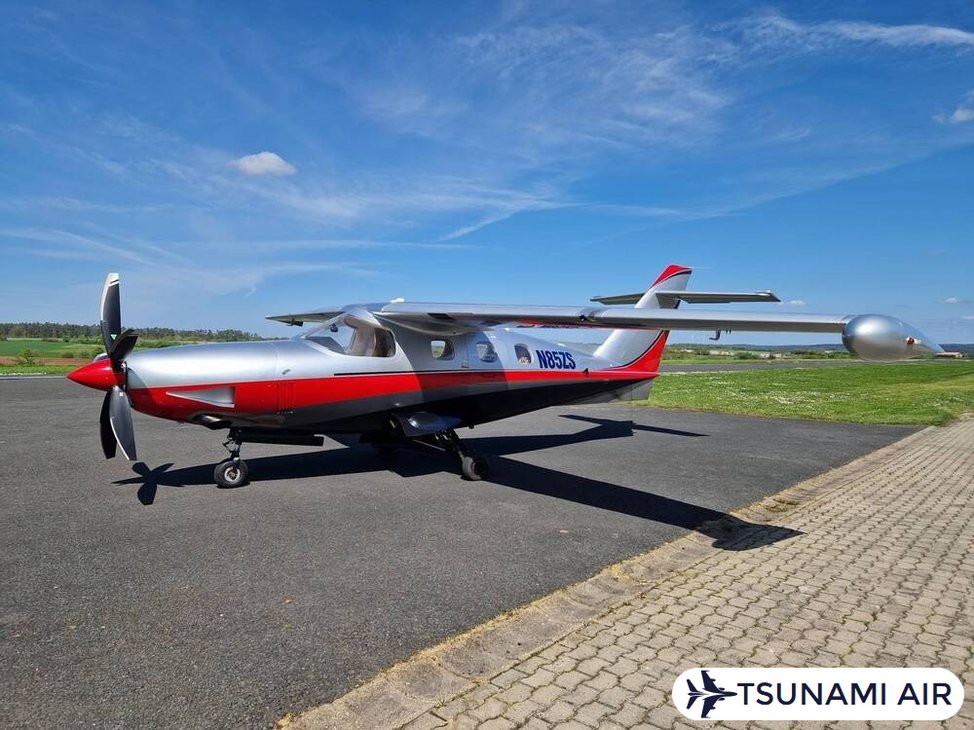
USD $950,000
TurbopropReg Number
N85ZS
Total Time
600 hrs
Location
United States
Year
2013
Seller: Sales Contact
Phone: +1 772 774 4682
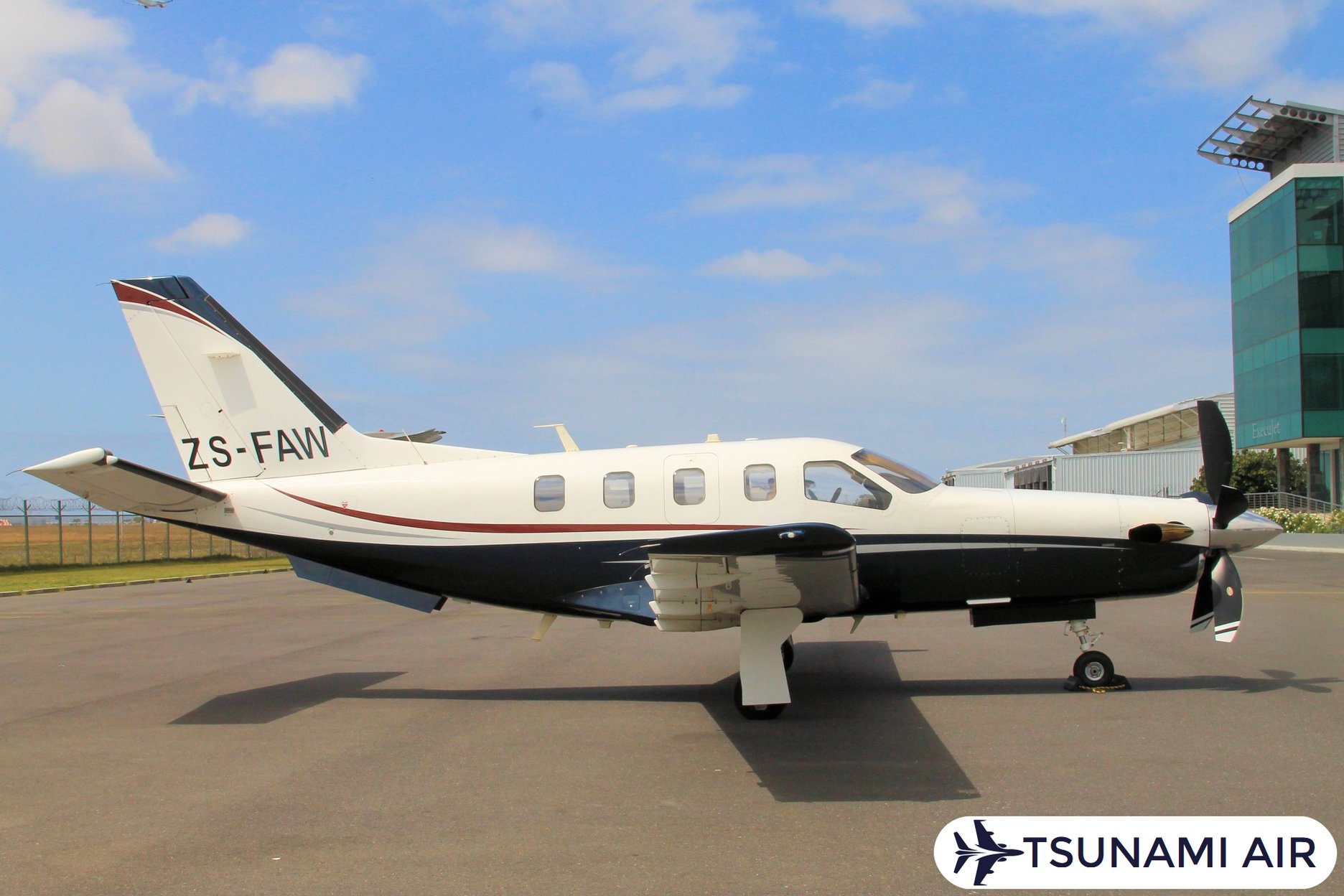
USD $N/A
TurbopropReg Number
ZS-FAW
Total Time
1450 hrs
Location
South Africa
Year
2006
Seller: Pierre Kieser
Phone: +27 (0)82 577 7815
A turboprop airplane is an aircraft that uses a turboprop gas turbine engine to drive an aircraft propeller through a reduction gearbox. The engine drives the propeller at optimal speeds while exhaust gases exit through the propelling nozzle. Turboprops consist of an intake, compressor, combustor, and turbine sections for efficient performance.
The turboprop engine serves as a gas turbine power plant designed to optimize performance in specific flight conditions. Air enters the engine through the intake, where the gas turbine compressor compresses it before it moves into the combustor. The gas turbine combustor mixes the compressed air with fuel and ignites it, creating hot gases that expand through the gas turbine. This process generates mechanical energy, which drives both the compressor and the propeller through a reduction gearbox. Turboprop engine efficiency excels at lower speeds and altitudes, making it ideal for regional travel and short-haul missions.
The propeller blades are engineered to move a large volume of air efficiently, maximizing thrust while minimizing drag. Propeller rotation is managed by the reduction gearbox, providing optimal speeds for maximum performance. Aircraft aerodynamics further enhance this efficiency by optimizing lift and reducing drag during flight. The propeller system contributes more thrust than the propelling nozzle, underscoring its significance in turboprop airplane operations.
Aircraft performance is closely tied to the integration of the turboprop engine, propeller, and airframe design. The turboprop airplane airframe is structured to support the engine and its systems while maintaining aerodynamic efficiency. Structural integrity ensures the fuselage can handle the stresses of short takeoffs and landings, a hallmark of turboprop aircraft. Flights up to 1,000 miles (1,609 kilometers) benefit from the turboprop engine's fuel efficiency, at altitudes below 25,000 feet (7,620 meters). The high power-to-weight ratio of turboprop engines enables rapid acceleration and climb rates, vital for operations in mountainous regions or on unpaved airstrips.
Integration of systems defines the adaptability of turboprop airplanes for diverse missions. The turboprop engine gas turbine works in tandem with the propeller and airframe to deliver efficient flight performance. Gearbox management ensures the propeller operates at speeds suited for specific flight conditions, boosting both fuel economy and thrust production. Regional airline routes, cargo transport, and medical evacuation missions rely on turboprop aircraft for their versatility and cost-effectiveness. Turboprop airplanes achieve optimal performance through the seamless coordination of their engine, propeller, and airframe systems.
Benefits of a multi-engine turboprop include better fuel efficiency at lower altitudes and increased safety through engine redundancy. Multi-engine turboprops operate from shorter and less developed runways, increasing access to remote destinations. Lower operation costs and versatile speeds make turboprops a highly efficient aviation solution.
The benefits of a multi-engine turboprop are outlined below.
The size of a turboprop plane varies depending on the model and intended use. Small planes like the Pilatus PC-12 offer between 6 to 9 seats, while larger models like the ATR 72-600 can accommodate up to 78 seats. A typical large turboprop is designed for regional flights.
The total length of turboprop planes varies, with smaller models measuring as short as 25 feet (7.62 meters) while larger models like the ATR 72-600 reach up to 27.17 meters (89 feet) in length. Wingspans differ across models, with the ATR 72-600 exhibiting a wingspan of 27.05 meters (88.75 feet), contributing to flight stability and efficiency. Total height measurements include both the cabin structure and external components, guaranteeing clearance during operations.
Typical turboprop cabins measure 5.08 meters (16.67 feet) in length, 1.45 meters (4.76 feet) in height, and 1.12 meters (3.67 feet) in width. These dimensions allow for productive use of space, resembling a small office setting. Smaller turboprop aircraft feature cabins with a length of 12 ft 8 in (3.86 m), a height of 4 ft 1 in (1.24 m), and a width of 3 ft 8 in (1.12 m), accommodating 6-8 people in typical seating arrangements. Larger models, like the ATR 72, provide expanded dimensions to support regional travel needs.
The ATR 72 accommodates up to 70 passengers based on configuration, making it suitable for commercial regional flights. In contrast, smaller turboprops like the Beechcraft King Air 360 seat 6-8 passengers, catering to private or specialized aviation markets. Twin-engine turboprop planes are popular for balancing capacity with operational flexibility.
Turboprop planes market for regional transport due to their ability to operate efficiently on short-haul routes. The DAHER TBM 960, measuring 10.74 meters (35.24 feet) in length and 4.35 meters (14.27 feet) in height, exemplifies a compact yet versatile design. Larger models like the Cessna Caravan, with a length of 11.6 meters (38.1 feet) and height of 5.4 meters (17.7 feet), are configured for various missions including cargo transport. Turboprop planes suit applications ranging from personal use to commercial operations, demonstrating their versatility in meeting diverse aviation demands.
The speed of turboprop aircraft is between 250 (402.336 km/h) and 400 (643.738 km/h) mph. Turboprops operate efficiently at speeds below 450 mph (724 km/h), with optimum efficiency under 400 mph (644 km/h). Models like the ATR 72 and Dash 8-Q400 achieve speeds within this range.
Turboprop aircraft operate most efficiently within the speed range of 250-450 km/h (155-280 miles/h), with the upper limit of efficiency set at 725 km/h (450 miles/h). Beyond this threshold, propeller inefficiencies reduce their performance. Notable examples include the Tupolev Tu-95 "Bear," a military turboprop bomber achieving speeds of 500 knots (925 km/h), and the Piaggio Avanti, recognized as the fastest civilian turboprop with speeds reaching 400 knots (740 km/h). Turboprop aircraft demonstrate a speed advantage of 45 knots over certain other aircraft types under specific operational conditions. The average cruising speed for turboprop aircraft is 500 km/h (270 knots), while single-engine turboprops achieve maximum cruise speeds of around 185 knots (343 km/h) and long-range cruise speeds of about 156 knots (289 km/h). The Epic E1000 GX stands out with a maximum cruise speed of 333 knots (617 km/h). Many turboprop aircraft cruise at typical speeds of 300 knots (555 km/h), balancing fuel efficiency with moderate to high-speed travel for regional airline routes. Turboprop aircraft offer optimal performance during short to medium-range flights, maintaining versatility across various operational needs.
The range of a turboprop aircraft varies depending on model and configuration. Typical turboprop aircraft connect airports over distances of 1,200–1,700 miles (1,931–2,736 kilometers). High-performance turboprops like the TBM 900 and Turbo Commander 1000 achieve ranges of 1,683 nm and 1,700 nm respectively. Turboprops efficiently serve regional routes between smaller airports.
The typical nonstop range of turboprop aircraft reaches around 1,000 miles (1,609 kilometers). The Bombardier Q400 exhibits a range of 1,100 nautical miles, making it one of the longest-range turboprops in its class. High-performance turboprops achieve extended ranges, with models like the Beechcraft King Air 360 demonstrating a maximum range of 1,806 nautical miles. Certain advanced turboprops reach a maximum range of 2,690 nautical miles under optimal conditions.
Factors influencing range variability include passenger count, baggage weight, cruise speed, and altitude. Military turboprop aircraft equipped with aerial refueling capabilities extend their operational range . Some military turboprops cover distances of 11,000 kilometers (6,835 miles) or 12,000 kilometers (7,456 miles) with multiple refuelings. Turboprop aircraft are versatile and efficient for short to medium-haul operations. Turboprop aircraft have proven advantageous in environments where fuel economy and operational flexibility are prioritized.
Turboprop engines work by using a gas turbine core to turn a propeller. Air enters the engine and gets compressed in multiple stages. The combustion chamber burns fuel-air mixture, generating hot gases that drive turbine blades. Turbines spin to drive the compressor and a shaft connected to the propeller. Propellers move a large mass of air rearward to produce thrust for aircraft propulsion.
Key components of turboprop engines include the compressor, combustion chamber, turbine, gearbox, and propeller. The compressor increases air pressure, enabling efficient combustion. The combustion chamber mixes compressed air with fuel, igniting it to produce high-energy gases. The turbine extracts energy from these gases, driving the compressor and propeller shaft via mechanical power transfer. The gearbox connects the turbine to the propeller, guaranteeing optimal speed and torque for thrust generation. Propeller aerodynamic efficiency plays a vital part in converting mechanical energy into thrust. Turboprop engines rely on these components working together to achieve reliable performance.
The turboprop engine operating cycle begins with air intake airflow regulation, allowing optimal airflow into the compressor. Air compression occurs through multiple stages, combining axial and centrifugal compressors. The axial stages progressively increase air pressure using rotating blades and stationary stators, while the centrifugal stage accelerates air outward, achieving a 90° flow turn. Air pressure increases to 4 bar (58 psi), with temperatures rising to around 180°C (356°F) after four stages. Combustion chamber fuel ignition happens when the fuel delivery system injects fuel into the combustion chamber. Fuel metering ensures precise control of the fuel-air mixture, maintaining combustion efficiency. The ignited mixture produces hot gases that expand and drive the turbine.
Rotational energy extraction involves hot gases passing through turbine blades, causing them to spin. Mechanical power transfer uses this rotational energy to drive the compressor and the propeller shaft. Gearbox decreases the high-speed rotation of the turbine shaft, converting it to the lower speed required for propeller operation. Gearbox increases torque output, optimizing propeller aerodynamic efficiency. Thrust production depends on the propeller’s design and rotation speed, moving a large mass of air rearward to generate thrust efficiently. The exhaust system releases gases at controlled pressure and temperature, minimizing exhaust system pressure release contributions to thrust.
Thermodynamics governs turboprop engine power conversion, starting with air compression and fuel combustion. Compression ratios exceed 10:1, raising air pressure before combustion. Combustion efficiency ensures maximum energy extraction from the fuel-air mixture. Hot gases expand through the turbine, converting thermal energy into rotational mechanical power. This energy drives the compressor and propeller, highlighting the significance of turbine mechanical power transfer. Gearbox speed reduction and torque conversion optimize the propeller’s operation, providing efficient thrust production at lower speeds. Exhaust gases exit through the exhaust system, completing the energy transfer process.
Design and performance considerations involve optimizing power output, fuel efficiency, and structural integrity. Turboprop engines exhibit better fuel efficiency at lower speeds compared to turbojets, making them ideal for low to mid-altitude operations. Propeller aerodynamic efficiency limits turboprops to speeds where compressibility effects do not reduce performance. Structural integrity ensures components withstand high temperatures and pressures during operation. Air filtration prevents debris from entering the compressor, protecting internal components. Turboprop engines combine gas turbine technology with propeller-driven propulsion, achieving efficient power-to-thrust conversion for aviation needs.
Turboprop planes are safe when properly maintained and flown, as advanced safety features make them as secure as other commercially operated aircraft. Safety in aviation continually improves, and turboprops remain a vital part of the industry's safety developments. Turboprops have a higher accident rate but are still deemed reliable for many operations.
Safety in turboprop aircraft is measured through accident statistics, engineering reliability, weather performance, and regulatory compliance. Turboprop aircraft exhibit an accident rate of 1.54 per 100,000 flight hours over the past decade, which is one-quarter of the overall noncommercial fixed-wing rate. The fatal accident rate stands at 0.55 per 100,000 flight hours, higher than jets at 0.09 but lower than other noncommercial aircraft. Certification agencies enforce rigorous standards to guarantee turboprop aircraft meet design specifications and operational limitations. Maintenance procedures, including inspection protocols and preventative maintenance schedules, are pivotal for maintaining safety performance. Engine manufacturers focus on design integrity and engine reliability, contributing to consistent performance in diverse conditions.
Passengers perceive turboprop aircraft safety based on accident statistics and incident trends, while pilots rely on training proficiency and aircraft handling characteristics. Pilots undergo extensive training to meet certification agencies' standards, emphasizing instrument flying skills and emergency procedures. Maintenance personnel adhere to strict maintenance procedures and inspection protocols to guarantee airworthiness. Regulatory authorities oversee compliance with aviation industry standards, assuring operational safety across all phases of flight. Turboprop aircraft reliability depends on robust systems designed for short-haul operations and diverse environments.
Operational contexts influencing safety include takeoff, landing, cruise, and emergency scenarios. Turboprops operate efficiently at lower altitudes and perform reliably in adverse weather due to their design features. Pilot training standards emphasize navigation and communication during phases like takeoff and landing. System failures are mitigated through stringent maintenance procedures and regular inspections. Aircraft safety risk assessments evaluate factors like pilot experience, weather conditions, and operational environments. Certification agencies guarantee turboprop aircraft meet performance requirements customized to these operational demands.
Factors contributing to safety perceptions include design standards, maintenance protocols, technological advancements, and pilot training. Turboprop aircraft design incorporates safety features suited for various flight conditions, boosting reliability. Engine manufacturers upgrade engine performance to achieve better fuel efficiency and durability. Regulatory authorities enforce operational guidelines and monitor compliance with maintenance schedules. Aviation industry standards evolve through lessons learned from accident statistics and incident trends. Turboprop aircraft safety records reflect improvements driven by advancements in technology and adherence to certification processes.
The difference between a turboprop and a jet lies in propulsion systems. Turboprops use propellers for efficiency at lower speeds and altitudes, while jets utilize jet propulsion for higher speeds and altitudes. Speeds of turboprops range from 200-400 knots, whereas jets achieve 500-600 knots. Jets excel in long-haul flights due to efficient fuel use.
Differences between a turboprop and a jet are explained in the table below.
Feature | Turboprop | Jet |
Propulsion | Turbine drives propulsion | Jet exhaust thrust |
Range | 200-400 knots | 500-600 knots |
Altitude | Best below 25,000 ft (7,620 m) | Efficient above 30,000 ft (9,144 m) |
Fuel Efficiency | High at low altitude | High at high altitude |
Operating Costs | Lower for short routes | Higher, better for long haul |
Propulsion/Thrust production | Blade design enhances aerodynamic efficiency | Combustion control through advanced technology |
Thrust Output | Lower than jets | Higher than turboprops |
Ideal Use | Regional, short flights | Long-haul, high-speed |
Fuel Consumption | Lower overall | Higher during takeoff/climb |
Turboprop aircraft propulsion systems utilize a turbine to drive a propeller, which generates thrust through the rotation of propeller blades. Propeller blade design enhances aerodynamic efficiency, while propeller pitch control adjusts to optimize performance under varying flight conditions. Jet engines produce thrust by expelling high-speed exhaust gases, a hallmark of jet aircraft propulsion systems. Jet engine design complexity involves precise control over combustion and exhaust processes, enabling higher speeds and altitudes. Jet engines generate thrust output, exceeding turboprop capabilities, making them suitable for long-range missions.
Turboprop aircraft operational speed ranges between 200-400 knots, ideal for shorter flights and regional operations. Turboprop aircraft fuel efficiency excels at lower altitudes below 25,000 feet (7620 meters), where propeller aerodynamic efficiency is maximized. Jet aircraft speed performance reaches 500-600 knots (926-1111 kilometers per hour) or beyond, with jet aircraft altitude capability allowing efficient operation above 30,000 feet (9144 meters). Jets achieve superior performance in long-haul scenarios due to their ability to sustain high speeds and altitudes without frequent refueling.
Jet engine fuel consumption is higher compared to turboprops during takeoff and climb phases. Turboprop aircraft incur lower operating costs for shorter routes, leveraging their fuel efficiency at lower speeds and altitudes. Jet engines consume more fuel but provide better economy during extended cruising at high altitudes, balancing their operational trade-offs. Jets require intricate technologies to manage combustion and exhaust gases, contributing to their advanced performance capabilities.
Turboprops are more efficient than jet engines for shorter distances and lower altitudes. Turboprop aircraft achieve 10 to 60 percent better fuel efficiency than jets on shorter routes. Turboprops consume less fuel per hour, reducing operational costs for regional flights. Jets demonstrate superior efficiency at higher altitudes and during longer missions, optimizing performance above 25,000 feet (7620 meters). Turboprops operate effectively within a range of 200 to 400 knots, while jets achieve cruising speeds of 500 to 600 knots. Turboprops deliver higher power output per unit of weight for takeoff and landing, strengthening their versatility for shorter runways.
Efficiency in turboprop engines compared to jet engines encompasses multiple factors, including fuel consumption, cost-effectiveness, maintenance expenses, and environmental considerations. Turboprops achieve 10 to 60 percent better fuel efficiency than jets under specific conditions, on shorter routes and at lower altitudes below 25,000 feet (7620 meters). Fuel consumption rates for turboprops are lower, reducing operational costs for regional flights. Jets consume more fuel due to their design for high-speed and high-altitude operations, optimizing performance above 25,000 feet (7620 meters). Maintenance costs for turboprops are lower because they have fewer moving parts, contributing to reduced operational expenses. Environmental considerations like noise and emissions favor turboprops for short-haul missions, as they produce less noise and emit fewer pollutants per passenger mile.
Short-haul flights benefit from turboprops' superior fuel economy, while long-haul missions favor jets due to their boosted efficiency at higher altitudes and speeds. Turboprops operate effectively within a range of 200 to 400 knots, making them ideal for regional routes. Jets achieve cruising speeds of 500 to 600 knots, guaranteeing better performance for extended ranges. Weather conditions influence efficiency, with turboprops performing reliably in varied climates due to their robust engine designs. Mission-specific requirements dictate the choice between turboprops and jets, as turboprops excel in cost-effectiveness for short distances, while jets provide superior speed and altitude capabilities for longer missions.
The types of aircraft and applications being compared include commercial passenger, cargo, regional, long-range, and specialized military or industrial uses. Turboprops dominate regional and short-haul commercial passenger flights due to their lower operational costs and ability to access remote airports with shorter runways. Cargo operations utilize turboprops for similar reasons, achieving reduced fuel consumption and maintenance expenses. Long-range flights rely on jets for their superior high-altitude performance and increased passenger comfort during extended durations. Specialized military and industrial applications leverage both engine types based on mission profiles, with turboprops offering versatility for tactical operations and jets providing speed and endurance for strategic missions.
Engine generations play a part in assessing relative efficiency between turboprops and jets. Modern turboprop designs incorporate advanced materials and technologies to enhance fuel efficiency and reduce maintenance costs. Historical benchmarks indicate steady improvements in turboprop engine performance metrics, with thrust output and power efficiency increasing over time. Emerging technologies in jet engines focus on reducing fuel consumption and operational costs for long-haul flights. Aircraft propulsion systems continue to evolve, with innovations in both turboprop and jet engines driving improvements in fuel efficiency, operational reliability, and overall performance.
The difference between a turboprop and propeller is that a turboprop engine uses a gas turbine to turn propellers while a propeller is powered by a piston engine. Turboprops generate thrust by accelerating air backward through a connected gearbox.
The difference between a turboprop and propeller is explained in the table below.
Parameter | Turboprop | Propeller (Piston Engine) |
Power Source | Gas turbine | Piston engine |
Combustion Cycle | Continuous combustion cycle | Reciprocating cycle |
Thermal Efficiency | Higher due to continuous combustion | Lower compared to gas turbines |
Power-to-Weight Ratio | Higher than piston engines | Lower compared to turboprops |
Gearbox Functionality | Reduces high-speed turbine output for propeller | Direct mechanical connection or simpler reduction |
Propeller RPM Optimization | Through advanced gearbox | Limited optimization in fixed or basic variable pitch |
Propeller Pitch Control | Variable pitch control for optimal performance | Fixed or limited variable pitch systems |
Thrust Generation | Primarily from propeller, minimal from exhaust | Entirely from propeller |
Fuel Efficiency Range | Best at 250-400 mph (402-644 km/h) | Decreases significantly at higher speeds/altitudes |
Altitude Performance | Operates efficiently at higher altitudes | Struggles at higher altitudes |
Climb Performance | Better due to advanced aerodynamics | Limited by less sophisticated systems |
Typical Applications | Regional flights, shorter distances, confined spaces | Low-altitude, low-speed operations |
Mechanical Complexity | Moderate complexity with integrated systems | Simpler but less efficient |
Speed Capability | Faster speeds possible | Slower speeds |
Turboprop engines utilize gas turbine technology to generate power. The gas turbine engine type in turboprops achieves higher thermal efficiency due to continuous combustion cycles. Turboprop engines exhibit superior gas turbine power-to-weight ratios compared to piston engines. A turboprop gearbox plays a vital part in converting the high-speed output of the turbine into a slower, usable speed for propeller operation. This reduction in RPM ensures optimal performance of the propeller blade design while maintaining efficiency.
Propeller aerodynamics influence thrust generation in both turboprop and piston-driven systems. Propeller pitch determines the angle at which blades meet the airflow, directly affecting thrust efficiency. Variable pitch control in turboprops enhances performance by optimizing airflow management under varying flight conditions. Fixed or less sophisticated variable pitch systems are common in piston-driven aircraft, limiting their adaptability. Advanced propeller aerodynamics in turboprops contribute to better climb performance and high-altitude capabilities.
Aircraft propulsion system thrust generation differs between turboprop engines and piston engines. Turboprop engines direct most of their power output toward driving the propeller, with minimal contribution from exhaust gases. Piston engine combustion relies on a reciprocating cycle, which is less efficient than the continuous combustion process in gas turbines. Turboprop fuel efficiency surpasses that of piston engines, at speeds between 250-400 mph (402-644 km/h) and during regional flights. Piston engine fuel consumption increases at higher altitudes, reducing overall efficiency.
Turboprops achieve faster speeds and operate efficiently at altitudes where piston engines struggle. Aircraft propulsion system performance integrates gas turbine engines with propellers, offering superior power-to-weight ratios and mechanical simplicity. Turboprops are suitable for shorter distances and confined spaces, making them ideal for regional flights. Piston-driven propeller aircraft remain effective for low-altitude and low-speed operations but lack the advanced capabilities of turboprops.
The best-selling turbo prop airplane models include the Pilatus PC-12, Beechcraft King Air series, Cessna 208B Grand Caravan EX, Piper M600, and Air Tractor. Sales figures show "41 sold" for Air Tractor and steady demand for King Air variants like the King Air 260. Pilatus PC-12 leads in single-engine turboprop sales.
The best-selling turbo prop airplane models are presented in the table below.
Model | Units Sold | Recent Sales | Market Notes |
Pilatus PC-12 | >2,000 | 80 (2022) Backlog: 63 | Leader in single- engine turboprops |
Beechcraft King Air 260 | Part of >7,000 cumulative sales | 35 (2022) | Strong demand in business aviation |
Beechcraft King Air 360 | Part of >7,000 cumulative sales | 34 (2022) | Popular variant within King Air |
Cessna 208B Grand Caravan EX | >3,000 cumulative sales | 60 (2022) | Versatile utility aircraft |
ATR 42 | >500 | Stable backlog (~few dozen) | Regional airliner market |
ATR 72 | >1,000 | Backlog: >100 Market share: ≥50% | Dominates regional markets |
Air Tractor | Niche success | 41 (2022) | Specialized for agriculture/fire- fighting |
Piper M600 | Growing sales | 41 (2022) | Unique positioning in turboprop category |
The Beechcraft King Air series achieved cumulative sales exceeding 7,000 units since its introduction, with steady annual production of several dozen units. Beechcraft King Air sales volume remains impressive, for variants like the King Air 260, which sold 35 units in 2022. The King Air 360 followed closely with 34 units sold during the same period. Pilatus PC-12 sales volume reached over 2,000 units delivered as of May 2023, with 80 new PC-12s delivered in 2022. Pilatus PC-12 production count reflects consistent growth, driven by strong demand across multiple sectors. Pilatus PC-12 order backlog stood at 63 units as of May 2023, underscoring its popularity.
Cessna Caravan sales volume exceeded 3,000 units since its introduction in the 1980s, with the Cessna 208B Grand Caravan EX selling 60 units in 2022. Cessna Caravan production count ranges between 30 and 50 units annually, depending on market conditions. The aircraft's versatility ensures its dominance in utility roles like cargo transport and humanitarian missions.
ATR 42 sales volume surpassed 500 units delivered, with a stable order count of a few dozen aircraft as of 2023. ATR 72 sales volume exceeded 1,000 units, maintaining a share of the regional turboprop airliner market. ATR 72 order count exceeds 100 aircraft, reflecting robust demand globally. ATR 72 market share reaches 50% or more in certain regions, outside North America.
Air Tractor achieved success with "41 sold" in 2022, appealing to specialized agricultural and firefighting markets. Piper M600 matched this performance, contributing to the best-selling turboprop category with growing sales and a unique positioning in the market.
The lowest cost turboprop with high reliability is the Piper Cheyenne II, featuring a purchase price of $350,000 to $650,000 and powered by reliable PT-6 engines. The Pratt & Whitney PT-6 engines powering the Piper Cheyenne II feature a Mean Time Between Failures (MTBF) of over 3,600 hours. Regular maintenance intervals for the PT-6 engines occur every 500 hours, providing consistent performance. Piper Aircraft supports the Cheyenne II with a strong reputation for reliability and comprehensive after-sales service. The aircraft's operational costs remain low due to efficient fuel consumption and the durability of its components. Pilots value the Cheyenne II for its rugged design and straightforward mechanical systems.
The Piper Cheyenne II presents a turboprop aircraft operational cost advantage with its purchase price ranging from $350,000 to $650,000. Fuel consumption remains efficient due to the reliable PT-6 engines, which contribute to lower operating expenses over the aircraft's lifecycle. The durable components of the Cheyenne II reduce repair frequency, further lowering the cost life cycle cost for owners. Aircraft model configuration includes twin-engine design, boosting safety while maintaining affordability.
Reliability MTBF for the Pratt & Whitney PT-6 engines exceeds 3,600 hours, allowing extended periods of trouble-free operation. Reliability maintenance intervals occur every 500 hours, aligning with industry standards for consistent performance. These intervals minimize downtime and make sure the turboprop plane remains mission-ready. The straightforward mechanical systems of the Cheyenne II simplify inspections and repairs, reducing maintenance complexity.
Piper Aircraft’s brand reputation stems from decades of manufacturing rugged and dependable turboprops. The Cheyenne II, identified by its robust airframe and PT-6 engine pairing, reflects this legacy of reliability. Pilots value the aircraft model configuration for its simplicity and ease of operation. Aircraft manufacturer after-sales support enhances ownership experience through readily available parts and technical assistance.
Turboprop advantages include the ability to operate from shorter runways, making the Cheyenne II versatile for various missions. Turboprop planes like the Cheyenne II combine jet-like speeds with superior fuel efficiency compared to jets. Turboprops are designed for durability, guaranteeing long-term performance in demanding environments. Piper Aircraft maintains a comprehensive support network, reinforcing confidence in the Cheyenne II as a cost-effective choice.